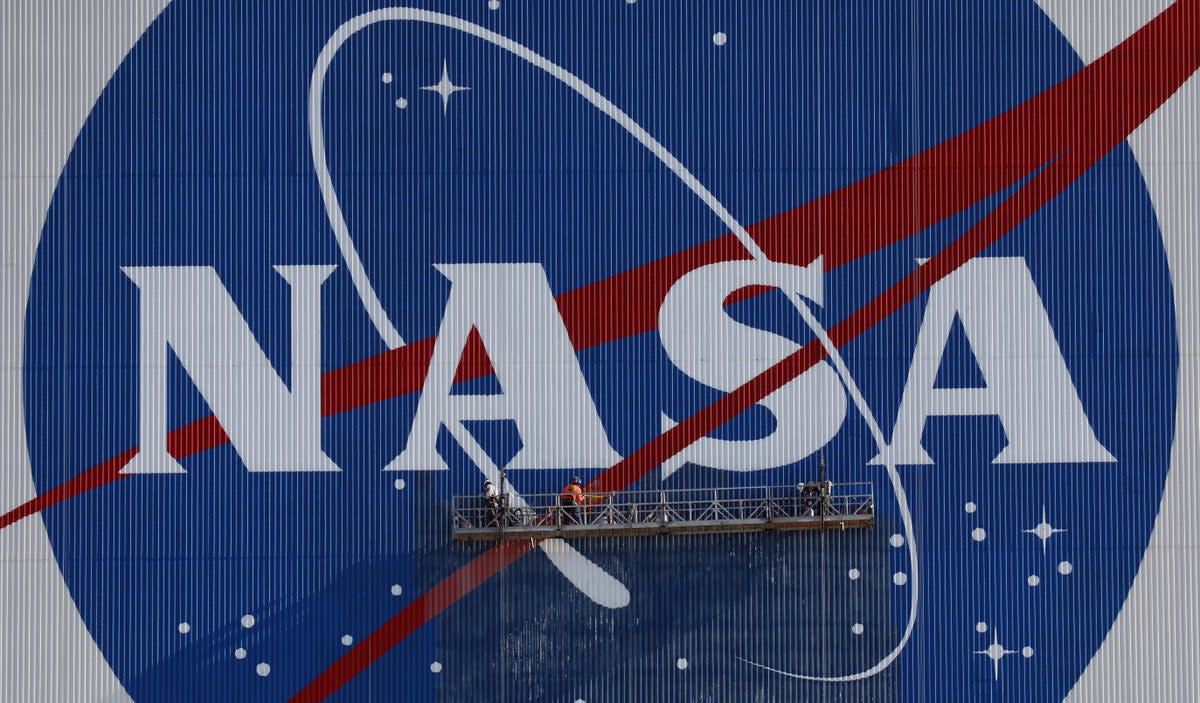Nasa names new head of UFO research – after abuse forced space agency to try and keep them secret

- Oops!Something went wrong.Please try again later.
Nasa has named its new head of research into unexplained phenomena spotted in the sky – after initially saying that it would not.
The space agency said that its new head of research into Unidentified Anomalous Phenomena, or UAPs, would be kept secret in an attempt to keep them from being abused. Many of the publicly identified members its research panel have been subject to threats and harassment, the space agency has said.
Previously, members of the panel said that abuse had kept them from properly examining the phenomena.
The announcement of a new head of research came soon during the discussion of the panel’s first report into UFOs. That report said that it needed more scientific research to make firm conclusions – and less stigma and abuse of those doing it.
During a panel discussion of that report, Nasa associate administrator Nicola Fox said that the space agency had appointed a new official to oversee the research and work with other federal agencies. But she told reporters that “we will not give his name out” for fear of reprisals.
Later on Thursday, however, Nasa released a new blog post in which it identified the new director as Mark McInerney.
“McInerney previously served as NASA’s liaison to the Department of Defense covering limited UAP activities for the agency,” it wrote. “In the director role, he will centralize communications, resources, and data analytical capabilities to establish a robust database for the evaluation of future UAP.
“He also will leverage NASA’s expertise in artificial intelligence, machine learning, and space-based observation tools to support and enhance the broader government initiative on UAP.”
The report did not give any indication of why the space agency had changed its mind on naming the new appointment. It only noted that it had made the decision to update it to “include details about the UAP research director”.
In the 33-page report published earlier on Thursday, an independent team commissioned by NASA cautioned that the negative perception surrounding UFOs poses an obstacle to collecting data. But officials said NASA‘s involvement should help reduce the stigma around what it calls UAPs, or unidentified anomalous phenomena.“We want to shift the conversation about UAPs from sensationalism to science,” NASA Administrator Bill Nelson said. He promised an open and transparent approach.
Officials stressed the panel found no evidence that UAPs had extraterrestrial origin. But Nelson acknowledged with billions of stars in billions of galaxies out there, another Earth could exist.
“If you ask me, do I believe there’s life in a universe that is so vast that it’s hard for me to comprehend how big it is, my personal answer is yes,” Nelson said at a news conference. His own scientists put the likelihood of life on another Earth-like planet at “at least a trillion.”
When pressed by reporters on whether the U.S. or other governments are hiding aliens or otherworldly spaceships, Nelson said: “Show me the evidence.”
NASA has said it doesn’t actively search for unexplained sightings. But it operates a fleet of Earth-circling spacecraft that can help determine, for example, whether weather is behind a strange event. The 16-member panel noted that artificial intelligence and machine learning are essential for identifying rare occurrences, including UFOs.
No top-secret files were accessed by the panel’s scientists, aviation and artificial intelligence experts, and retired NASA astronaut Scott Kelly, the first American to spend nearly a year in space. Instead, the group relied on unclassified data in an attempt to better understand unexplained sightings in the sky. Officials said there are so few high-quality observations that no scientific conclusions can be drawn.
Most events can be attributed to planes, drones, balloons or weather conditions, said panel chairman David Spergel, president of the Simons Foundation, a scientific research group.
The government refers to unexplained sightings as UAPs versus UFOs. NASA defines them as observations in the sky or elsewhere that cannot be readily identified or scientifically explained.
The study was launched a year ago and cost under $100,000.
Additional reporting by agencies

